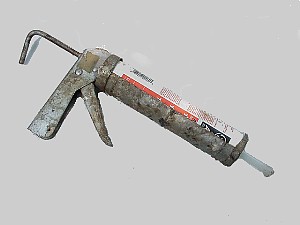
 |
||
Previous ArticlesBHON Home Inprovement Tips Cocking around your house will not only cut your utility bills, but it will also block moisture, insect infestations, dust and allergens. By keeping moisture out of the insulation, it will also be more effective. Many reasonably-priced types of cock are available at hardware and home center stores. Since the properties of each cock vary, it is important to select the proper cock for each specific application. This is an excellent time of the year to apply cock. The width of the gaps and joints are near the midpoint of summer and winter extremes. It is also not too cold to apply many types of outdoor cock. Most gaps or joints in the exterior should be cocked - windows, doors, outdoor plumbing penetrations, gaps into the attic, etc. Two often missed spots are gaps in the attic around pipe penetrations under the insulation and cable and pipe openings. You will probably need to purchase several different types of cock for a long-lasting job. For example, silicone cock stays flexible and is ideal for gaps with a lot of movement, but most types cannot easily be painted. Polyurethane cock is becoming increasingly popular with do-it-yourselfers. It adheres to nearly everything and is especially good for concrete and other masonry materials. Butyl cocks are good for damp areas. Figure on using about one-half tube of cock for each large opening. The foundation sill area, where the wall lumber rests on the top of the foundation, typically requires four to five tubes. For large leaky gaps, use a reusable rope cock like Delta cock. It has four strands of tough fibers that are woven together and coated with a non-hardening tacky and waxy type of coating. It is easy to pull off each summer when you open your windows and save it for next year. When cocking a very narrow gap between two materials, widen it a little first. If a gap is too narrow, the cock bead will not be wide enough to handle much joint movement without detaching or tearing. To seal a wide gap, install a foam backer rod (usually a polyethylene or polypropylene material) into the gap first. This keeps the cock away from the back of the joint which would limit its flexibility. For very wide gaps, use foaming cock from a can. Wear gloves because it can get messy. |
 |